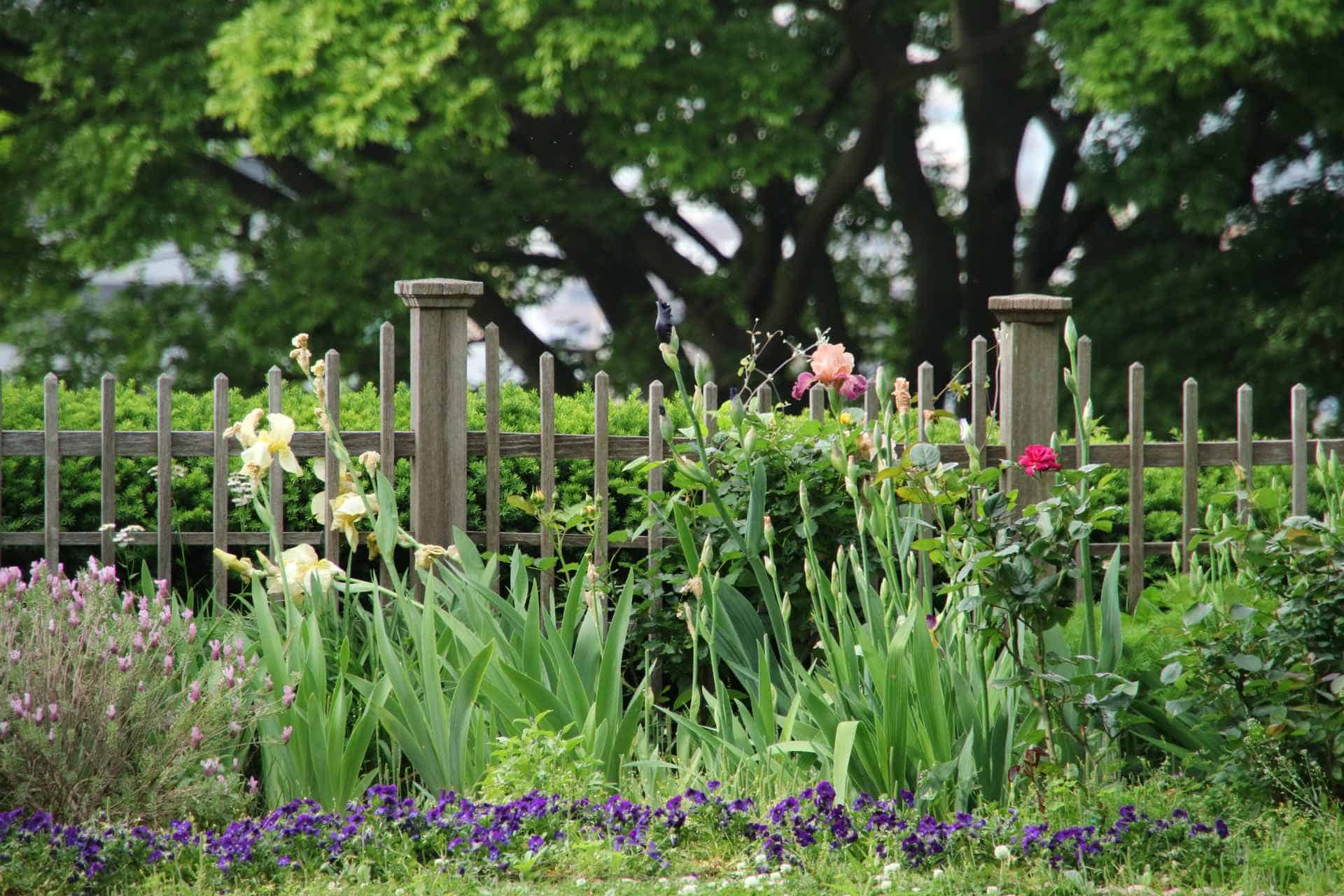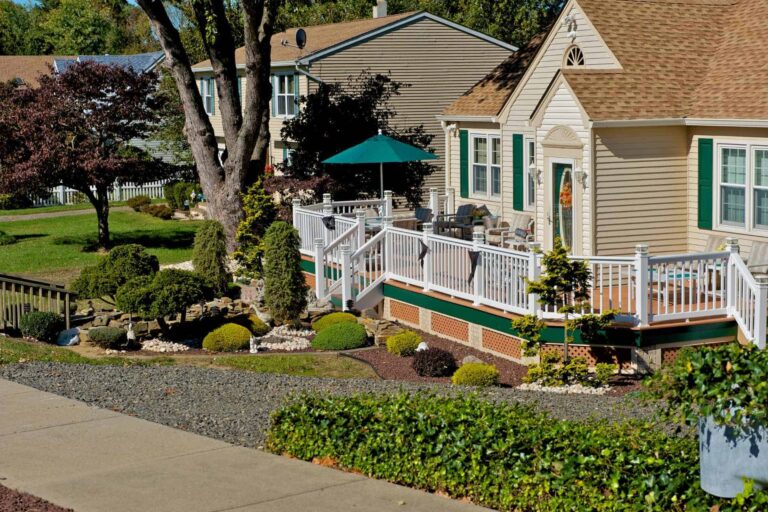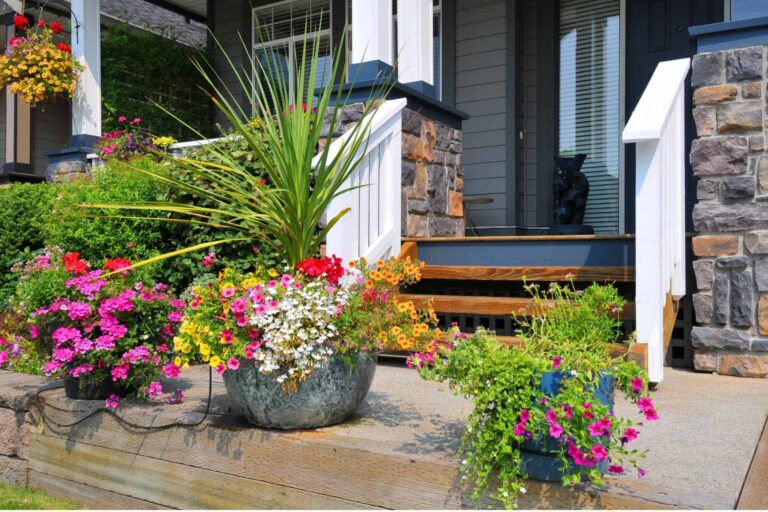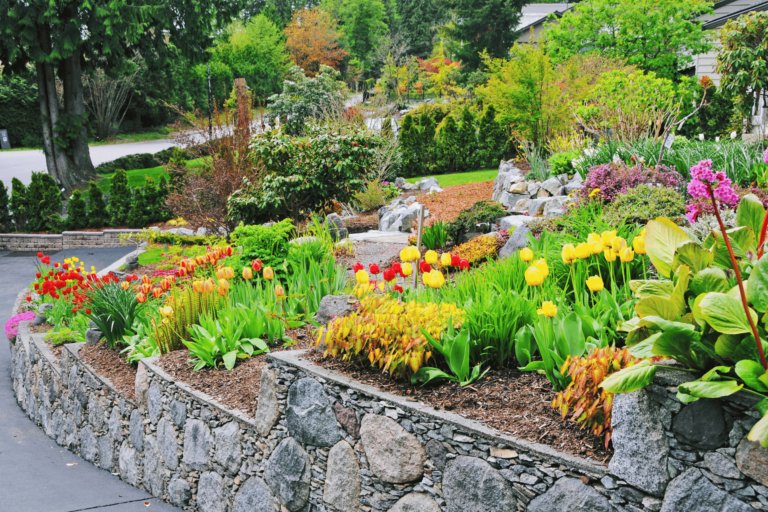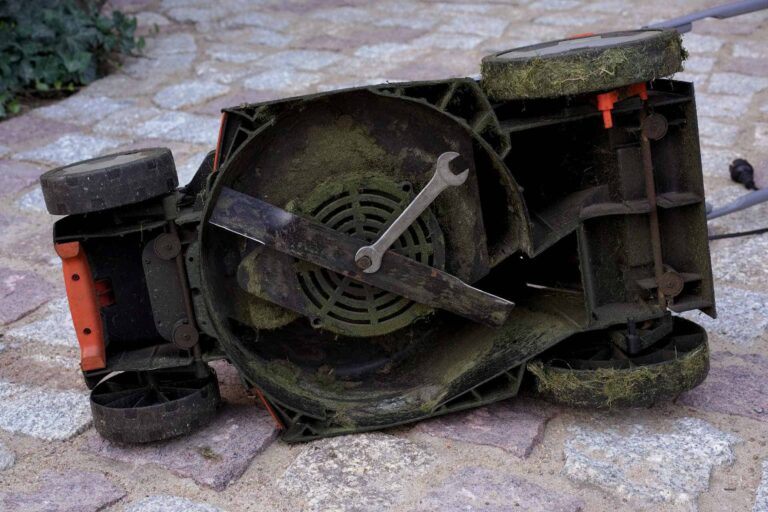Top 10 Affordable Fence Landscaping Ideas for Your Home
Fence landscaping is an underappreciated gem when it comes to upgrading your home’s exterior aesthetics. At the intersection of practicality and visual appeal, fence landscaping ideas can transform a mundane boundary into a captivating focal point. By using affordable and creative options, you can enhance your property’s curb appeal, establish privacy, and create a welcoming environment, all without burning a hole in your pocket. In this guide, we will delve into the top 10 affordable fence landscaping ideas that promise to add a touch of uniqueness to your home.
Benefits of Fence Landscaping
Fence landscaping provides a host of benefits that extend beyond mere aesthetics. First, it is a cost-effective way to enhance your property’s curb appeal. With a thoughtful arrangement of plants, decorations, or utilization of different fencing materials, you can create a stunning visual impact that rivals pricier home improvement options.
Secondly, fence landscaping contributes to the aesthetic charm of your property. A well-maintained landscape, complemented by a unique fence design, can transform your yard into a beautiful oasis, attracting admiration from visitors and passersby. It also offers a way for homeowners to express their personality and style.
Beyond these, fence landscaping also plays a crucial role in providing privacy and security. Fences function as a physical barrier securing your property, keeping unwanted intruders out while keeping children and pets safe within. Adding landscaping elements like trees or tall plants can heighten this sense of privacy, serving as natural screens from prying eyes.
You may also like:
Top 10 Affordable Fence Landscaping Ideas
1. Planting Perennial Flowers
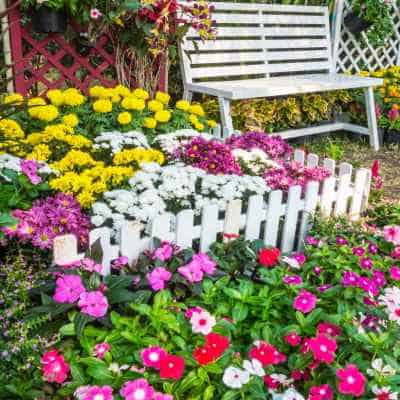
Perennial flowers are a fantastic and affordable choice for fence landscaping. Known for their long lifespan, these plants yield beautiful blooms year after year, providing a consistent splash of color to your fence line. From lavenders to daylilies, perennials come in a wide array of species, offering something for every growing condition and aesthetic preference. They’re not only pleasing to the eye but also attract pollinators like bees and butterflies, adding another layer of life to your garden. Opt for a mix of early, mid, and late-blooming varieties to ensure a vibrant display throughout the growing season. Remember to consider the height of the flowers; shorter ones are great for the front, while taller ones can provide a lush backdrop against the fence.
2. Installing a Trellis
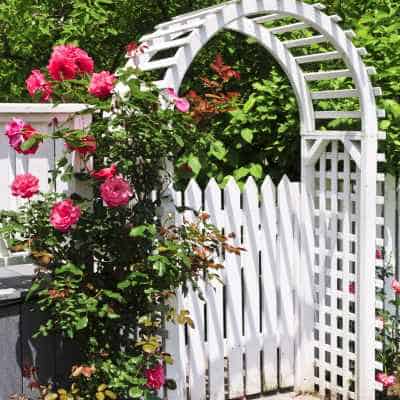
A trellis is an excellent addition to your fence landscaping, offering a cost-effective solution that brings vertical visual interest. It serves as a support structure for climbing plants such as ivy, roses, or clematis, which can weave their way up, creating an appealing tapestry of greenery and blooms against the fence.
Installing a trellis is relatively easy. Choose a location along your fence line where you’d like to add height or visual interest. Then, secure the trellis to the fence using brackets or strong ties. Once installed, plant your chosen climbers at the base, and gently guide their shoots onto the trellis as they grow. Over time, these plants will cover the trellis, transforming it into a living wall of foliage and flowers. This not only enhances the beauty of your fence but also creates an added layer of privacy.
3. Creating a Vertical Garden

A vertical garden is another innovative way to enhance your fence’s aesthetic appeal and maximize your space. This type of garden is especially suitable for smaller yards or for those who wish to grow a variety of plants without using too much ground area.
To start a vertical garden, you will need wall planters or hanging pots, which you can attach directly to your fence. They come in various materials such as plastic, ceramic, or metal, and you can choose as per your aesthetic preference and budget. Fill them up with potting mix and plant a variety of herbs, flowers, or even small vegetables.
Regular watering and feeding are crucial for the plants’ health in a vertical garden, as they might dry out faster than ground-planted varieties. Over time, as the plants grow and fill out the planters, your fence will transform into a vibrant, living wall, adding a burst of natural beauty to your outdoor space. It not only offers visual appeal but also adds a unique and functional element to your fence.
4. Decorative Fence Panels

Decorative fence panels are an excellent method to elevate the style and character of your outdoor space while maintaining fence functionality. These panels come in a wide range of designs, from intricate lattice patterns and cut-outs to more modern and sleek lines. They can be made of different materials, including wood, metal, and composite, each offering a unique aesthetic and level of durability.
To use decorative fence panels, replace sections of your existing fence or incorporate them into a new fence design. Consider choosing panels that either compliment or contrast with your home’s style for a cohesive look. Remember, while decorative panels can be a more expensive option, the value they add to your property’s curb appeal can make the investment worthwhile. As with all outdoor elements, ensure regular maintenance to prolong their beauty and life.
5. Bamboo Fencing

Bamboo fencing is an eco-friendly and attractive option for outdoor spaces. Boasting a natural, tropical ambiance, bamboo fences are not only aesthetically pleasing but also extremely durable and resistant to weather conditions. They come in a variety of styles, such as rolled bamboo, bamboo cane, and split bamboo, each providing a unique aesthetic.
To install a bamboo fence, you can attach it to an existing fence or create a standalone structure. Ensure that the bamboo is properly treated to prevent decay and damage from insects. While bamboo fencing requires minimal maintenance, it’s recommended to apply a coat of UV-resistant sealer annually to maintain its color and prevent cracking. A bamboo fence can be an excellent choice to add an organic, rustic charm to your property, blending seamlessly with green spaces and gardens.
6. Painting and Murals
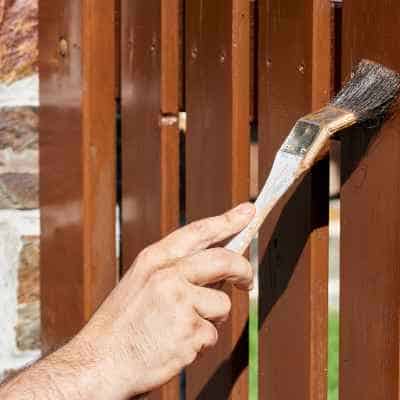
Painting and murals can turn a plain fence into a stunning work of art. While paint adds color and protection to your fence, murals provide a unique and personal touch, allowing you to showcase your creativity. From simple geometric patterns to intricate landscapes and scenes, the possibilities are endless.
Before you begin, ensure that the fence is clean, dry, and in good repair. Apply a suitable primer to provide a good base for the paint. If you’re painting a mural, sketch your design first and then fill in the colors. Use weather-resistant paint to ensure longevity. Regular maintenance includes cleaning the mural gently and applying a new sealant coat every couple of years. Painting and murals not only add aesthetic appeal but also increase the personal value of your outdoor space, making it a true reflection of your personality.
7. Incorporation of Climbing Plants
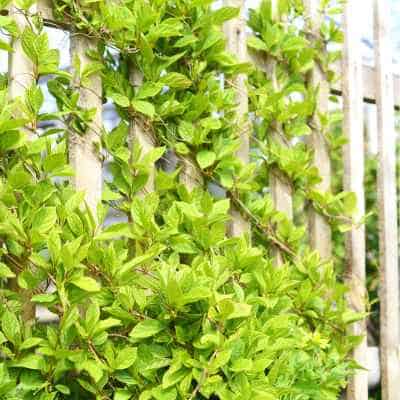
Climbing plants can transform your fencing into a verdant, living boundary that provides privacy and a gorgeous backdrop to your garden. Species like ivy, honeysuckle, or clematis can weave their way up and across a fence, creating an eye-catching display of foliage and flowers.
When incorporating climbing plants, it’s important to consider the growing conditions and care requirements. Some plants may need a sturdy structure to support their weight, while others might require frequent trimming to maintain their shape and prevent them from becoming invasive. Providing regular care will ensure your living fence remains healthy and attractive. Remember to choose plants that complement the existing design and layout of your garden, creating a harmonious outdoor space. Climbing plants not only add a natural aesthetic to your property but also contribute to an eco-friendly environment by providing habitats for various insects and birds.
8. Hanging Planters
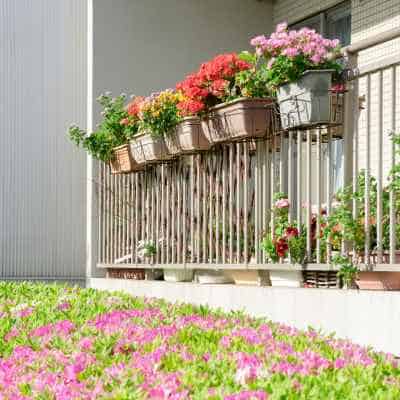
Hanging planters can add an extra dimension to your garden, turning your fence into a vertical garden and maximizing your use of space. These planters come in many shapes and sizes, from traditional pots to modern geometric designs, and can be hung directly on the fence. They can be filled with a variety of plant species, including trailing plants, succulents, or colorful annuals, providing height and interest to your outdoor space.
To install hanging planters, securely attach hooks on the fence at desired heights, ensuring that the fence can support the weight. Consider the sunlight and watering requirements of your chosen plants when deciding where to place your planters. Regularly check on the health of the plants and replace them if they show signs of disease. Not only do hanging planters enhance the beauty of your fence, but they also offer a unique and creative way to express your gardening style.
9. Installing a Picket Fence
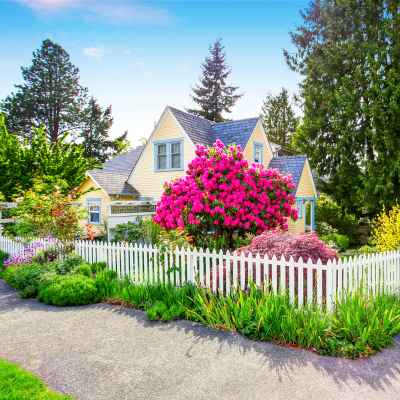
A picket fence can add a charming touch to your garden, providing both aesthetic appeal and function. When installing a picket fence, begin by defining the fence line using stakes and strings for accuracy. Then, dig post holes at regular intervals along this line, typically around 8 feet apart.
For the fence posts, use durable, rot-resistant material such as treated timber or vinyl. Ensure each post is set vertically in the ground with the help of a spirit level, then secure with concrete and allow ample time for it to set.
Next, attach the horizontal rails between the posts, maintaining a consistent height from the ground. Finally, evenly space and secure the pickets onto the horizontal rails, ensuring they are plumb and level.
Regular maintenance such as painting or staining can help prolong the lifespan of your picket fence and keep it looking fresh. With a little effort and care, your picket fence can serve as a beautiful and enduring feature in your garden.
10. Use of Decorative Lights

Decorative lights can add a mesmerizing touch to your garden, creating an enchanting ambiance during the evenings. They can be used to illuminate pathways, highlight focal points, or add a whimsical touch to trees and shrubs. Solar-powered or LED lights are both energy-efficient and durable options that are ideal for outdoor use.
For pathways, consider using low-level stake lights placed at regular intervals to safely guide visitors during low light conditions. String lights can be elegantly draped around trees, shrubs, or along the fence for a magical effect. Spotlights can be used to highlight a unique plant, sculpture, or other feature in your garden.
When arranging the lights, keep in mind that less is often more. Over-illumination can take away from the natural beauty of the garden. Also, for safety reasons, ensure all outdoor lights are waterproof and properly installed according to the manufacturer’s instructions. With a little creativity and planning, decorative lights can transform your garden into a beautiful nighttime oasis.
Choosing the Right Fence Landscaping Idea for Your Home
When it comes to selecting the perfect fence landscaping for your home, several factors should be considered. Firstly, it’s important to understand the primary purpose of your fence: Is it meant for privacy, security, or purely aesthetic appeal? Your answer will largely dictate the type of fence that would be most appropriate.
Secondly, consider the style of your house and the existing landscape. Try to choose a fence that complements them. For instance, a classic white picket fence might best suit a quaint cottage-style home, while a sleek metal fence could pair well with contemporary architecture.
Thirdly, consider the maintenance requirements of the fence material. While wooden fences may offer charming rustic appeal, they might need frequent painting or staining. On the other hand, vinyl or metal fences could provide durability with less upkeep.
Lastly, consider the local climate and landscape. Certain materials might be better suited to withstand specific weather conditions, and some fence styles may blend better with the natural topography of your land.
Remember, the fence, just like any other element of your home, is an expression of your personal style and taste. Take your time in choosing the right fence landscaping idea that not only meets your needs but also adds value and charm to your home.
Conclusion
Choosing the right fence for your landscape is a thoughtful process that entails a consideration of function, style, maintenance, and environmental factors. It’s not just about erecting a barrier; it’s about enhancing the aesthetic appeal of your property, securing your space, and making a statement about your personal style. By carefully taking these factors into account, you can transform your landscape into a beautiful, welcoming space that reflects your style and meets your needs.

